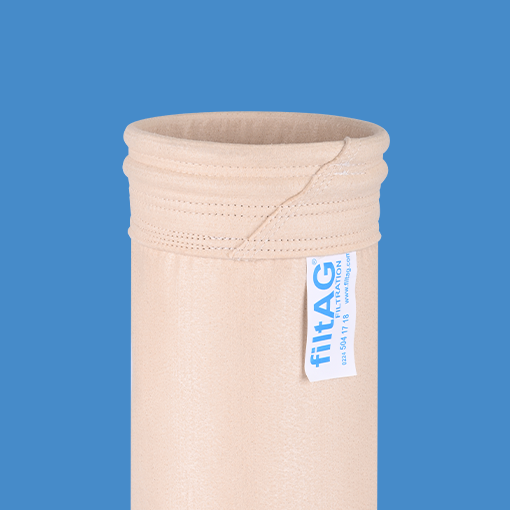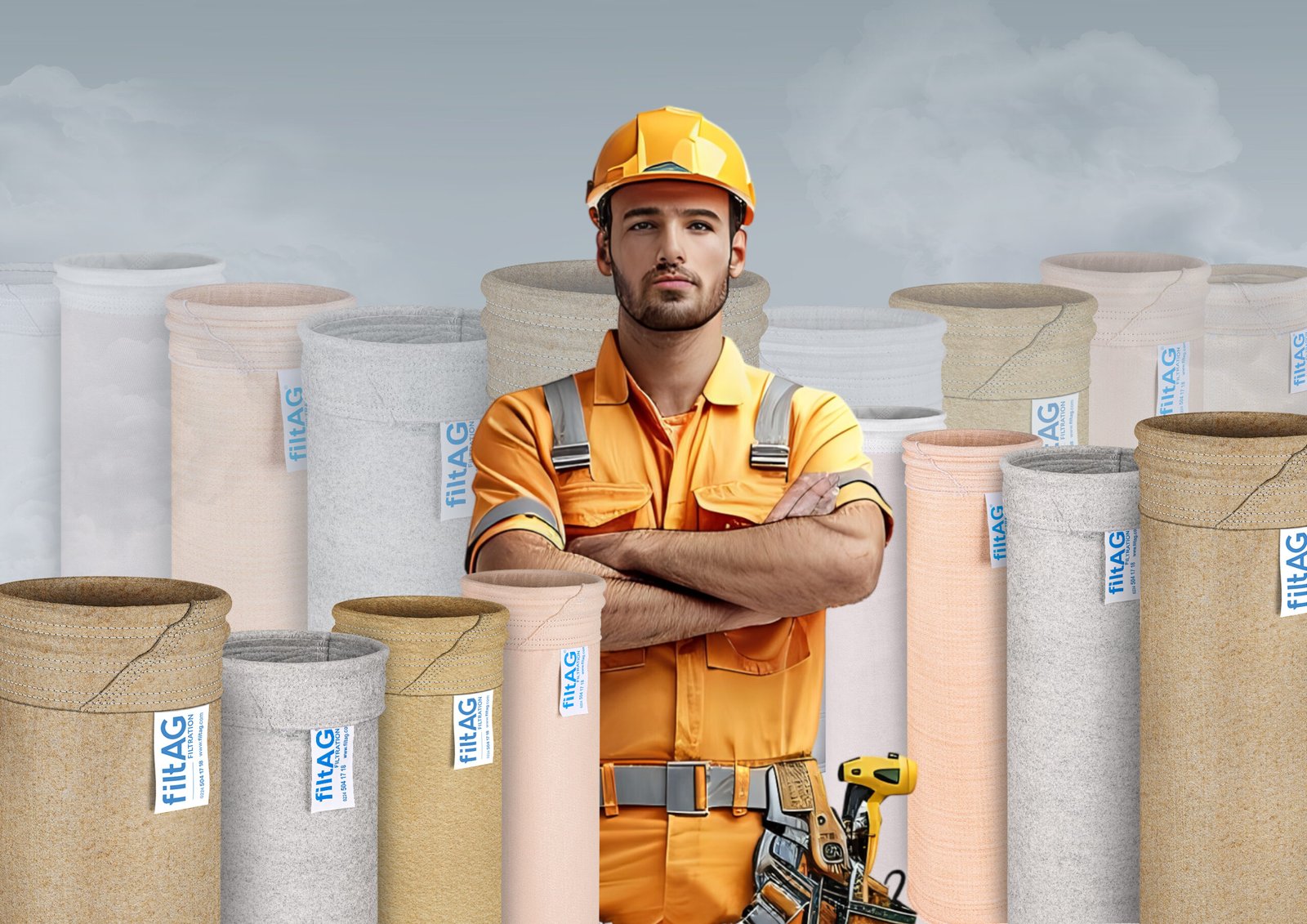How to Choose a Bag Filter in a Cement Plant?
Cement production generates large amounts of dust and particles. Therefore, selecting the right bag filter is a critical decision for compliance with environmental regulations, occupational safety, and system efficiency.
- Sources of Dust in Cement Production
- Crushing, grinding, and conveying processes
- Kiln exhaust gases
- Packaging and shipping points
- Primary Functions of the Filter
- Minimizing particle emissions
- Protecting air quality
- Supporting the efficiency of the filtration system within the process
- Key Criteria for Selecting a Bag Filter
- Temperature Resistance: Choosing materials that can withstand high temperatures, especially at clinker cooling and kiln outlets (e.g., Nomex, PTFE-coated fabrics)
- Dust Properties and Abrasiveness: Due to the high abrasiveness of cement dust, selecting durable fabric and stitching options
- Moisture Level: Using coatings or materials that prevent clogging in humid environments
- Air-to-Cloth Ratio: Calculating the appropriate filtration area
- Compatibility with Cleaning System: Bag length and diameter compatible with pulse jet systems
- Advantages Offered by Filtag for the Cement Industry
- Special fabric options resistant to high temperatures and abrasive conditions
- Low maintenance requirements and long service life
- Full compliance with environmental regulations through high filtration efficiency
- Filter solutions tailored to customer processes
Conclusion
Choosing the right bag filter is essential in cement plants for both production continuity and legal compliance. Thanks to Filtag’s industry expertise and product quality, you can easily select the most suitable solution for your plant.

